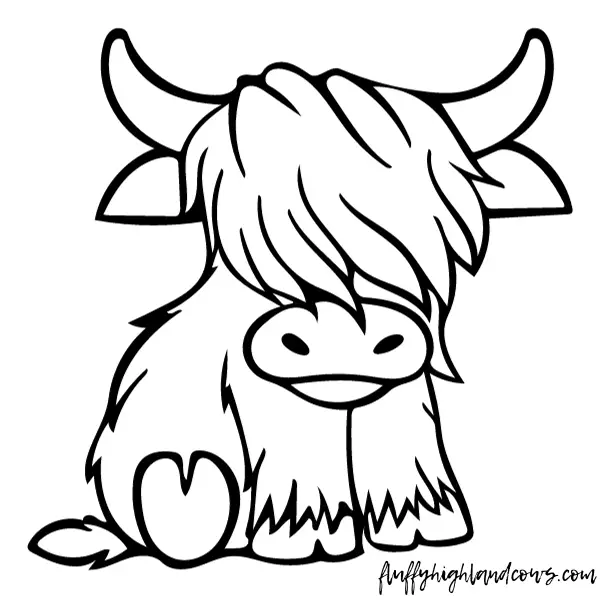Discover the Difference of Dry-Aged Grass-Fed Highland Beef
When it comes to beef, the process of dry aging is a culinary masterpiece that transforms ordinary cuts into extraordinary delicacies. While many may have heard of dry-aged grass-fed Highland beef, few truly understand the intricate art and science behind it.
In this article, we will explore the fascinating world of dry aging, specifically focusing on grass-fed beef sourced from Highland cows.
What is Dry Aging?
Dry aging is a time-honored technique that involves exposing cuts of beef to controlled conditions of temperature, humidity, and air circulation. This process takes place in a cold and moderately humid cooler, allowing the beef to naturally evolve over time.
Although some meat loss occurs during dry aging, the results are unparalleled – an intensification of beef flavor and a significant increase in tenderness.
The standard hanging time for dry-aged beef ranges from 14 to 21 days. However, it’s important to note that dry-aged beef is a rarity in most stores, and only a select few producers are committed to aging it for this extended duration.
It is, without a doubt, a meticulous and time-consuming endeavor that is reserved for the finest dining establishments in the United States.
The Exceptional Flavor of Dry-Aged Grass-Fed Beef
Dry-aged grass-fed beef, especially when sourced from Highland cows, offers a unique and exquisite flavor profile. The extended aging process allows the beef to undergo complex biochemical changes that enhance its taste and texture.
Here are some comments from those who have had the privilege of savoring dry-aged beef:
- “The flavor of your beef reminds me of the meat my dad served!” – Dry-aged beef has a nostalgic quality that harks back to traditional, rich flavors.
- “You do not get steak like this in the store!” – Dry-aged beef is a gourmet indulgence that is far from the ordinary cuts found in supermarkets.
- You don’t need anything on this steak besides salt and pepper!” – The inherent richness and tenderness of dry-aged beef make it a culinary masterpiece that requires minimal seasoning.
The Wet-Aged Beef Alternative
In contrast to dry-aged beef, wet-aged beef is the type that most consumers encounter in their local supermarkets. This beef is vacuum-sealed and “aged” within the packaging, typically during its journey from the processor to the grocery store.
While wet aging may lead to some tenderizing effects, it does not compare to the depth of flavor and tenderness achieved through dry aging.
Furthermore, some wet-aged beef may exhibit a metallic off-flavor due to the packaging and aging process. This flavor discrepancy becomes apparent when compared to the exceptional taste of dry-aged grass-fed beef from Highland cows.
The Highland Difference
Highland cattle, known for their unique appearance with long, shaggy coats and impressive horns, are a breed that thrives in the challenging climate of the Scottish Highlands. They are revered for their exceptional meat quality, which is further enhanced by the dry aging process.
Highland cows graze on natural grasses and forage, resulting in lean, flavorful meat that benefits immensely from the slow, dry aging method. Their meat develops a distinct richness and depth of flavor that is highly sought after by discerning consumers and top-tier restaurants.
Dry-Aged Grass-Fed Highland Beef
In the world of culinary excellence, dry aging grass-fed beef from Highland cows stands as a symbol of tradition, craftsmanship, and exceptional taste. While it may be a rarity in most supermarkets, the experience of savoring this carefully aged beef is worth seeking out.
The intensified flavors and tender texture of dry-aged beef are a testament to the artistry of food preparation, making it a delicacy that continues to captivate the palates of those fortunate enough to indulge in it.
So, next time you have the opportunity, treat yourself to a cut of dry-aged grass-fed beef from Highland cows, and savor the remarkable taste that only time and nature can create.

